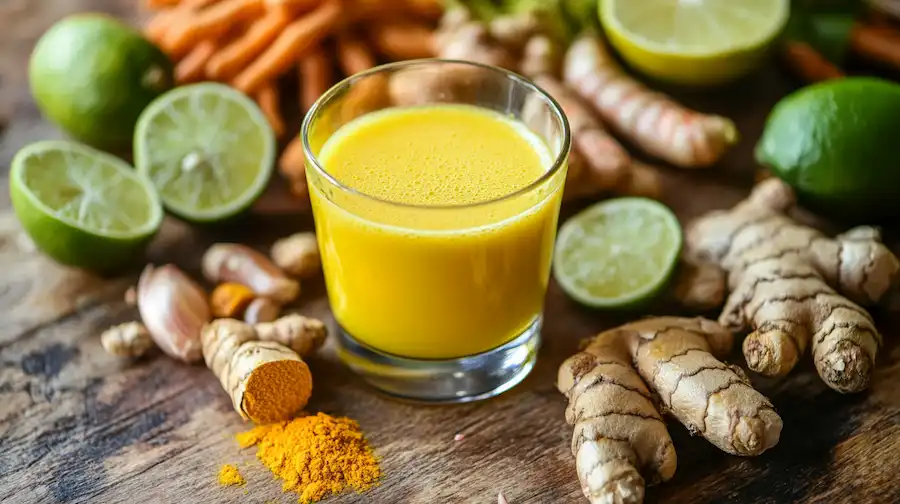Plum trees (Prunus Domestica) is an essential practice that ensures healthy growth, sprain for climbing and maximizes fruit production. Knowing when and how to properly shape can make a significant difference in the amount and quality of the fruit that your tree produces. This guide will take you through the necessary steps to shape the plum tree for a rich harvest.
1. Why pruning is important
Proper circumcision helps:
- Promote a strong and balanced growth of trees.
- Increase the penetration of sunlight, improving the quality of the fruit.
- Prevent branch overcrowding, reducing the risk of illness and pests.
- Encourage larger fruit yields by encouraging productive wood.
2 When for plum pruning
The best time for cladding depends on the age and the health of the tree:
- Young trees (first 3-5 years): Arms in early spring before buds start to break up to shape wood and establish a strong structure.
- Mature fertile trees: Organized in the middle by the end of the summer (July-August) after the size of the size and improving air circulation, minimizing the risk of infections.
- Winter trimming (avoided in wet climates): In areas with high humidity, circumcision in winter can exhibit a tree into a silver list of disease, a common fungal infection.
3 How to Circle the Plum Wood
A. The fool of young plums
The goal is to develop a strong frame with an open shape for optimal light penetration.
- Choose 3-5 strong, evenly distributed branches of scaffolding and remove all others.
- Trim the central leader to encourage growth outwards.
- Cut the branches for one-third to encourage new shoots.
B. Mature fading plumage
To maintain productivity, follow these steps:
- Eliminate dead, sick or damaged branches.
- Thin crowded branches Improve air circulation and light penetration.
- Shorten excessively long branches To maintain the height of the trees and encourage the fruit of the fruits.
- Remove the clips and breastfeedsthat redirect energy from fruit production.
C. Maintenance Maintenance throughout the year
- Spring: Check that it damage frost or weak growth and remove it.
- Summer: After harvest, remove excessive growth for focusing energy on fertile branches.
- Autumn: Minimum circumcision, mostly removing sick or poor wood.
4. Additional tips for maximizing yield
- Fertilization: Apply balanced fertilizer in the early spring to support growth and fertile.
- Watering: Keep the soil consistently moist, especially during the growing season.
- Pest control and disease: Monitor for pests like ears and fungal diseases such as brown rotten, processing them immediately.
Following these trimming techniques, your plum tree will remain healthy and more productively for many years, giving you an abundance of delicious fruit every season.





